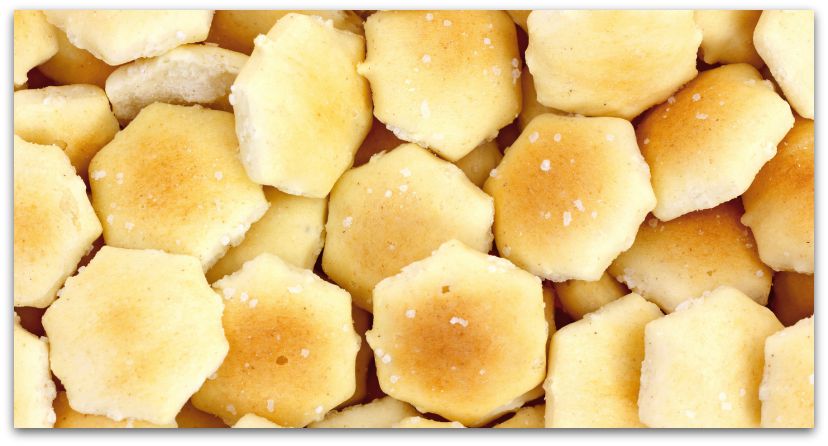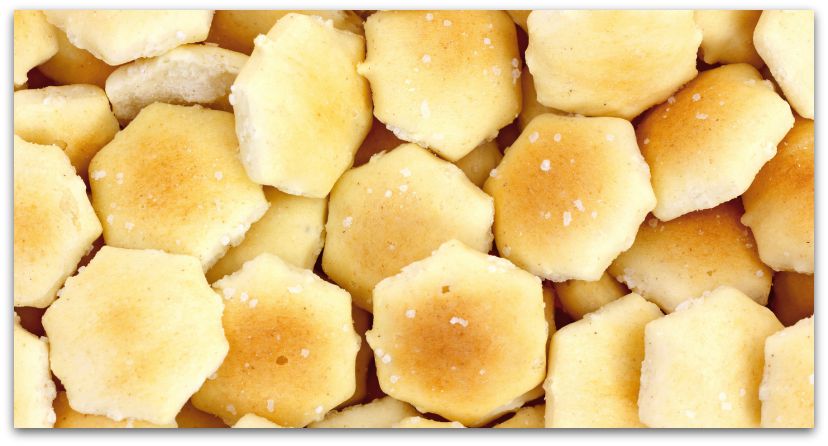Uncle John knows pretty much everything—and if he doesn’t, he heads his massive research library, or puts one of his many associates on the case. So go ahead: In the comments below, ask Uncle John anything. (And if we answer your question sometime, we’ll send you a free book!)
How did oyster crackers get their name?
Uncle John took a trip to the beach recently, an opportunity to get away from his desk under piles of books and old newspaper clippings that forever threaten to topple and bury him under a mountain of fun facts. It’s also where he gets his yearly fill of seafood: clam chowder, seafood stew, shrimp cocktail—he’s a real salty dog by the time he’s back at BRI headquarters.

Oysters weren’t always the delicacy they are today. They enjoy that status now because they’ve been overfished—they’re a delicacy because they aren’t as plentiful as they once were. In the 19th century and early 20th century, fishermen on both coasts brought in scores of the shellfish each day—they were abundant, and so, too, they were cheap. Oyster stew was a cheap, warm meal available in taverns in every coastal village from Cape Cod to Puget Sound.
The first companies that made oyster crackers, as we know them today, were the Westminster Cracker Company of Vermont and the Adam Exton Cracker Bakery of New Jersey, since 1828 and 1847 respectively. The bite-size crackers were packaged and marketed under several different names, such as “Trenton cracker.” “Philadelphia cracker,” and “water cracker.” Exton coined the term oyster cracker. But it wasn’t necesarily because the crackers paired well with oyster stew—food historians say it’s because the crackers sort of resembled an oyster shell.








